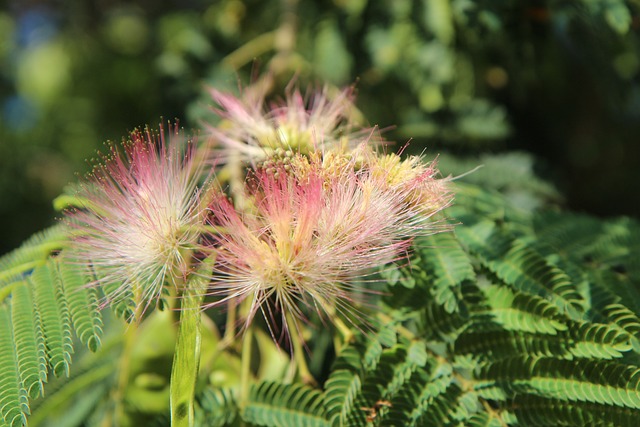Regular pruning of trees and shrubs is crucial for maintaining their health, promoting robust growth, and enhancing garden aesthetics. This practice involves selectively removing branches that are dead, diseased, or improperly positioned to optimize sunlight penetration and air circulation within the plant's canopy. By doing so, pruning encourages new, healthy growth and strengthens lower branches, which is beneficial for photosynthesis and overall plant vitality. Thinning dense foliage also reduces humidity and minimizes the risk of fungal diseases. Proper pruning at the right time—typically during the dormant season or late summer—supports the tree's healing process and prepares it for environmental challenges, making it more resilient. This practice helps ensure trees and shrubs remain functional and attractive, contributing positively to a sustainable landscape ecosystem. Consistent pruning contributes to a sturdy branching structure, reducing the risk of damage from heavy fruits, snow loads, wind, or adverse weather, thereby sustaining the long-term health and beauty of these plants.
Effective tree and shrub maintenance through pruning plays a pivotal role in shaping the health, growth patterns, and visual appeal of landscapes. This article delves into the transformative impact of strategic pruning on enhancing sunlight penetration and airflow within vegetation. We’ll explore the fundamental principles of pruning to optimize sunlight and air circulation, along with the best practices for timing these activities. A detailed guide will walk readers through the pruning process, ensuring trees and shrubs thrive in their environment. Additionally, we’ll examine the enduring benefits of regular pruning on tree vitality, growth trajectory, and the overall aesthetic value of your outdoor spaces.
- Understanding the Role of Pruning in Enhancing Sunlight and Airflow for Trees and Shrubs
- Strategic Pruning Techniques to Maximize Sun Exposure and Aeration
- Identifying Ideal Pruning Times for Optimal Light and Air Circulation
- Step-by-Step Guide to Properly Prune Trees and Shrubs for Improved Lighting and Ventilation
- The Long-Term Benefits of Regular Pruning on Tree Health, Growth, and Landscape Aesthetics
Understanding the Role of Pruning in Enhancing Sunlight and Airflow for Trees and Shrubs
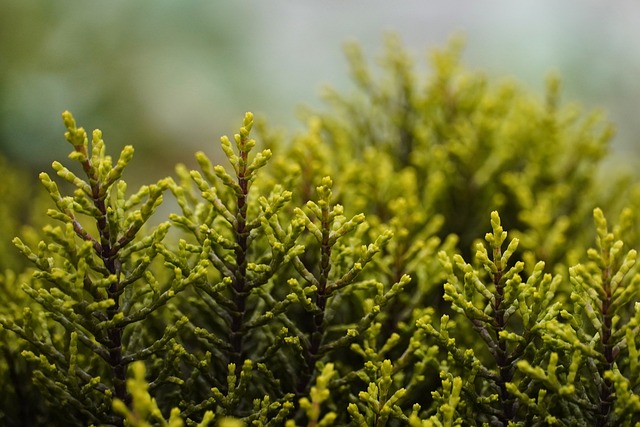
Pruning is a fundamental horticultural practice that significantly influences the health and structure of trees and shrubs. By strategically removing dead, diseased, or crossing branches, gardeners can improve light penetration and air circulation within the plant’s canopy. This process not only promotes the growth of new, vigorous shoots but also allows sunlight to reach lower branches, encouraging them to become more robust and sun-hardy. Enhancing sunlight exposure in this manner is crucial for photosynthesis, which is essential for the plant’s energy production and overall well-being. Additionally, by thinning out overly dense foliage, pruning creates pathways for air to flow through the tree or shrub, reducing humidity and the risk of fungal diseases that thrive in stagnant conditions. This maintenance activity thus plays a pivotal role in maintaining the vitality and aesthetic appeal of trees and shrubs, ensuring they contribute positively to their surroundings by coexisting with other plants without causing undue shade or compromising air quality. Regular pruning, performed at the correct time and in the right manner, is key to optimizing sunlight and airflow, which are critical for plant health and vitality.
Strategic Pruning Techniques to Maximize Sun Exposure and Aeration

Pruning both trees and shrubs is a critical practice for gardeners aiming to enhance sunlight penetration and improve air circulation within a landscape. The strategic removal of crossing, rubbing, or diseased branches can open up the plant’s structure, allowing more light to reach lower-lying parts and promoting the growth of healthier foliage. This selective cutting not only benefits the plants by reducing the load on individual limbs but also ensures that each branch receives adequate sunlight for photosynthesis, leading to robust plant development. Additionally, by thinning out dense growth, gardeners can facilitate better airflow, which is essential for preventing fungal diseases and maintaining overall plant health. Thinning branches to form a more open structure encourages the movement of air throughout the plant, which helps in cooling and drying the foliage, further reducing the risk of disease. When pruning, it’s important to consider the tree or shrub’s natural shape and growth patterns to make cuts that complement its structure without compromising its integrity or natural beauty.
Identifying Ideal Pruning Times for Optimal Light and Air Circulation
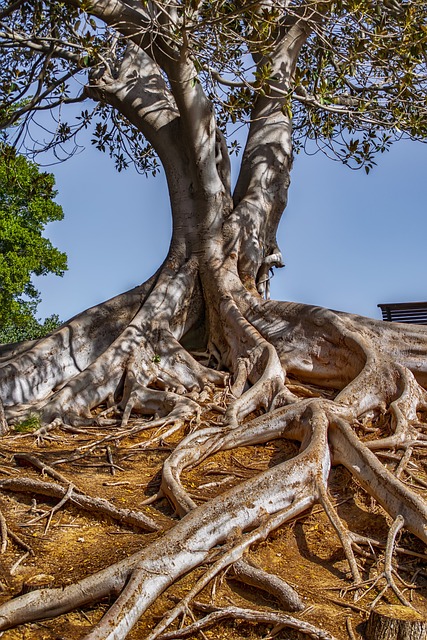
Pruning at the right time is crucial for maintaining the health and aesthetics of trees and shrubs, particularly when aiming to enhance sunlight penetration and airflow. Ideally, pruning should be done during dormancy, which varies by region but typically occurs in late winter or early spring before new growth begins. This timing avoids attracting pests and allows wounds to heal under the protection of dormant buds. Additionally, removing dead, diseased, or crossing branches can prevent fungi from taking hold, ensuring a clearer passage for sunlight and air to circulate through the foliage. Late summer is another optimal time for pruning as it encourages new growth that will harden off before winter, thus improving light exposure and air movement within the plant structure before the onset of harsh winter conditions. Regular pruning also promotes plant vigor, which in turn can lead to a more robust and resilient tree or shrub that is better equipped to handle environmental stressors.
Step-by-Step Guide to Properly Prune Trees and Shrubs for Improved Lighting and Ventilation
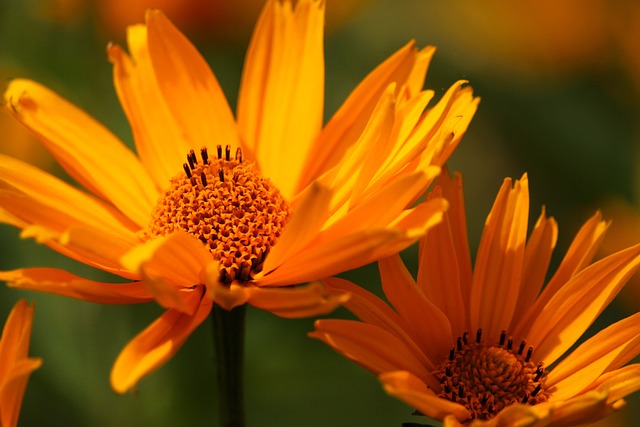
Pruning trees and shrubs is a critical practice for maintaining their health and improving the overall environment of your landscape. To ensure that your plants receive adequate sunlight and airflow, it’s important to remove any crossing, rubbing, or diseased branches. Begin by assessing the tree or shrub’s structure, identifying dead, diseased, or damaged limbs that need to be cut back. Use sharp, clean pruning tools to make precise cuts just above an outward-facing bud or a lateral branch, ensuring a clean wound for new growth. This process not only promotes better air circulation but also allows sunlight to penetrate deeper into the foliage, which is essential for plant health.
When planning your pruning, consider the tree’s natural shape and growth patterns. Aim to remove inner branches that are growing towards the center, as these will cast shadows on lower-lying branches and obstruct sunlight. This selective removal of foliage allows light to filter through the canopy more effectively, which is particularly beneficial for the health of the tree’s interior regions. Always adhere to the one-third rule, where you should never remove more than one-third of a tree’s branches in a single year to avoid shock. By following these steps, you can enhance the sunlight and airflow around your trees and shrubs, creating a more vibrant and healthy garden environment.
The Long-Term Benefits of Regular Pruning on Tree Health, Growth, and Landscape Aesthetics
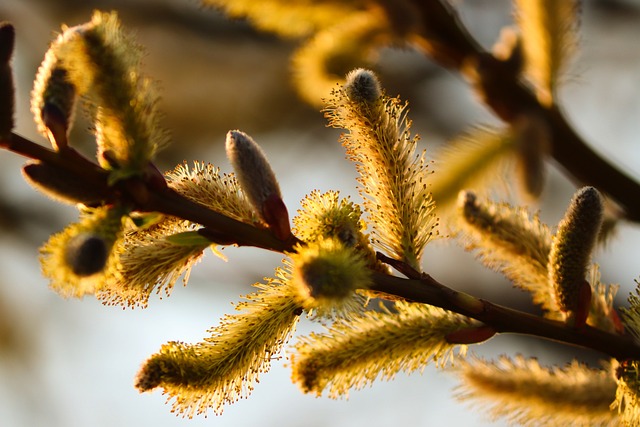
Regular pruning of trees and shrubs plays a pivotal role in maintaining their health, promoting optimal growth, and enhancing the overall aesthetic of a landscape. By selectively removing dead, diseased, or crossing branches, trees are encouraged to channel their energy into healthy growth, leading to stronger, more resilient structures. This process allows sunlight to penetrate deeper into the foliage, which is crucial for photosynthesis and plant health. Moreover, improving airflow within the canopy reduces the likelihood of fungal diseases taking hold, thus preventing potential decay and prolonging the tree’s lifespan. The strategic removal of branches also shapes the tree’s form, ensuring it adheres to the desired aesthetic while facilitating an unobstructed view and a more open landscape that complements the surrounding environment.
In addition to immediate health benefits, regular pruning influences the long-term growth patterns of trees and shrubs. Properly maintained plants typically develop a more robust branching structure, which is essential for supporting heavy fruits or snow loads without damage. This structured growth also minimizes the risk of windthrow by making the trees more stable during storms. By keeping trees and shrubs well-pruned, landowners can ensure that these green elements remain integral, functional, and visually pleasing components of their property for years to come, contributing to a harmonious and thriving landscape ecosystem.
Effective pruning is a critical practice for tree and shrub maintenance, serving to enhance both sunlight penetration and airflow. By strategically removing overgrown or crossing branches, gardeners can improve the health of their greenery, promote robust growth, and ensure an aesthetically pleasing landscape. The techniques outlined in this article provide a clear approach for gardeners to follow, ensuring that their trees and shrubs receive optimal sunlight and air circulation at the ideal times. Regular pruning not only supports plant vitality but also contributes significantly to the overall health and longevity of these plants. Adhering to the guidance presented here will lead to a more dynamic and thriving garden environment, where every tree and shrub can flourish in the open and invigorating conditions that are conducive to their best growth.
